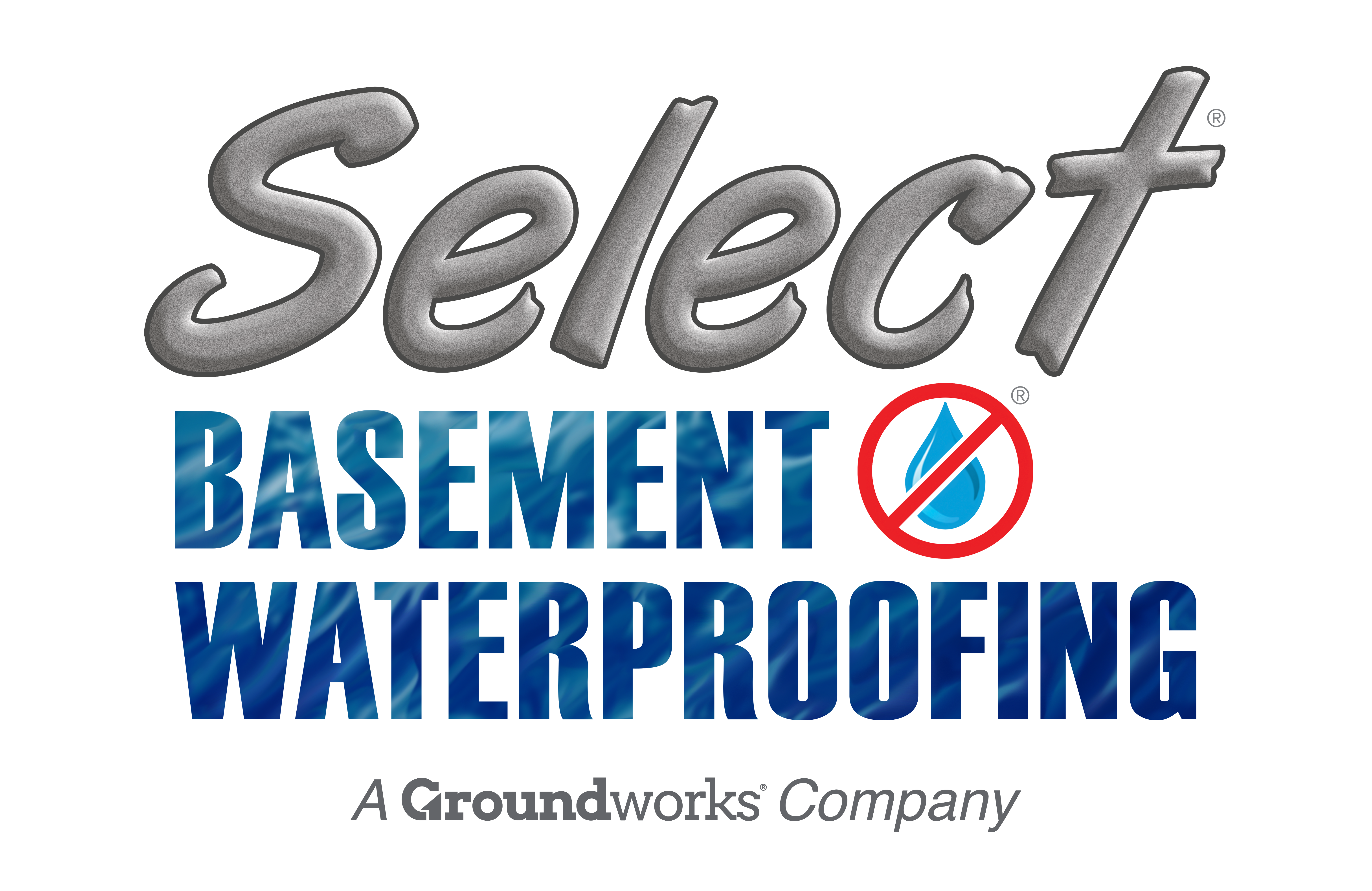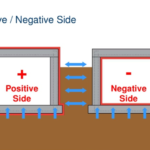Negative Side Waterproofing for Elevator Waterproofing
When it comes to waterproofing, you will most likely come across the terms positive side and negative side waterproofing. It’s important to understand these terms and the differences between them.
The term ‘positive’ in waterproofing refers to the side of the structure on which the hydrostatic pressure is acting on directly. In a basement, the positive side would be the external surface of the basement walls. Therefore, exterior waterproofing of the basement would be positive side waterproofing.
Elevator pits are subject to penetration by water just like basements. The most common culprit of water penetration is water accumulating in the soil surrounding the elevator pit, resulting in an increase in hydrostatic pressure. The water accumulation is often a result of ineffective drainage systems, leaking drain pipes, breaks in supply lines, rising groundwater, backup of neighboring sewer lines, improper grading as well as excessive rainfall.
Waterproofing an elevator pit in an already constructed building can be challenging. You can’t access the positive side through excavation as you would a basement. Another solution for elevator waterproofing must be applied.
Negative side waterproofing is often used for elevator waterproofing in already existing buildings. This solution is not only practical but also the most cost effective solution.
Negative side waterproofing solutions
There are various waterproofing options that allow for waterproofing an elevator from the negative side. In selecting a solution for your elevator pit, ensure that it:
- Accounts for the pressure that the water will exert when entering through the walls of the elevator pit. Water entering from the positive side of the elevator pit walls will most likely be pressurized.
- Creates a strong bond with the walls of the elevator pit even in the presence of water. This bond should be reliable enough to withstand water and therefore keep the water out of the pit.
- Be able to withstand contraction and expansion of the building’s walls. It should be able to move naturally along with the elevator pit walls. It will otherwise succumb to pressure and tear which will result in water seepage.
It is important to discuss your needs for elevator waterproofing with your contractor. Do your own research to find out more about the different products available in the market. This will ensure that you can make an informed decision. The products you apply should be durable, cost effective and efficient. They should be the best products you can get in the market for the best results.


